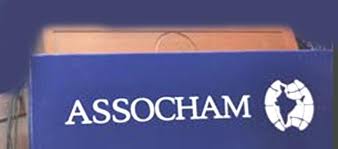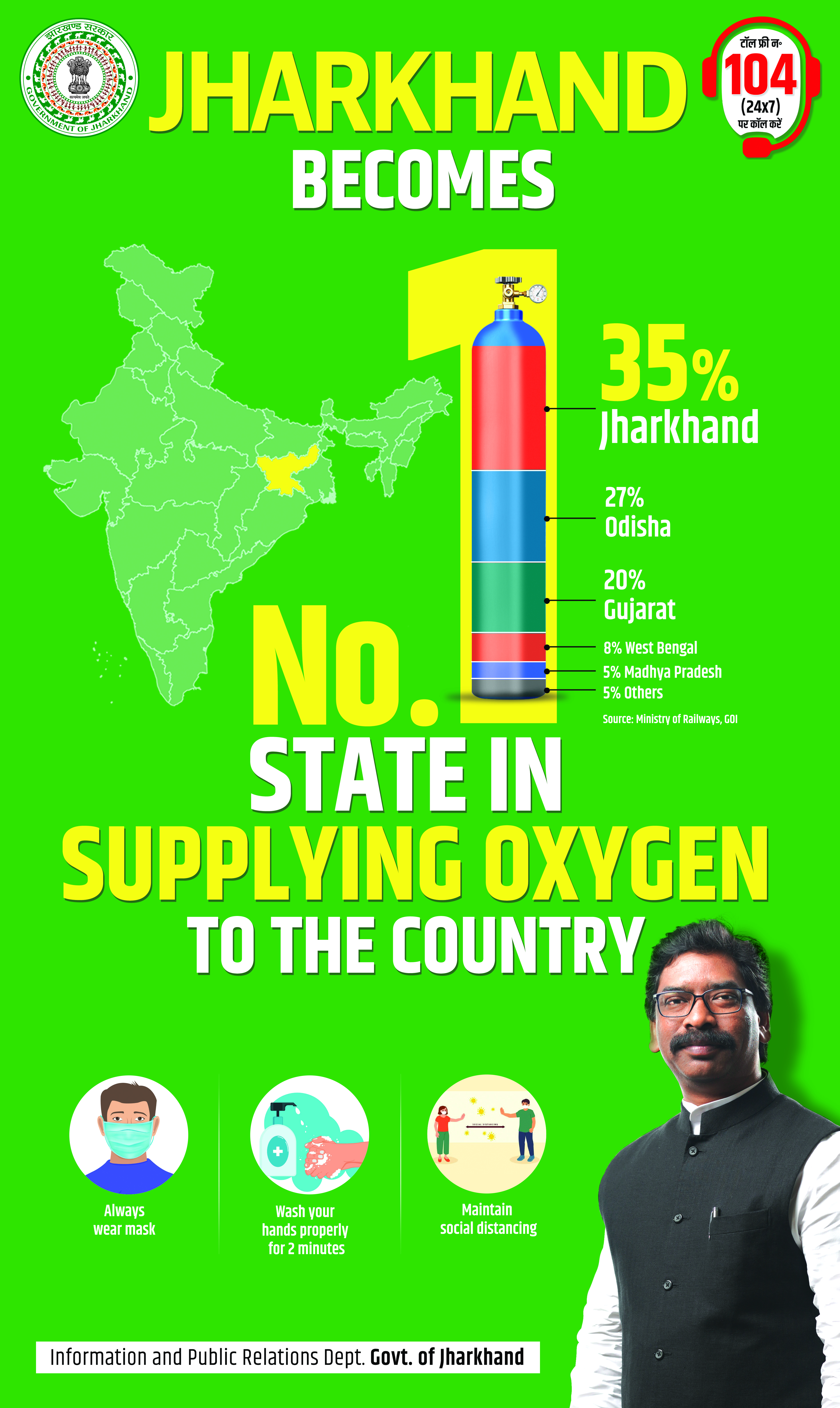
With the shortage of Coking Coal hitting the coal sector across-the-world, ASSOCHAM has drafted a proposal for amending the definition of ‘Coking Coal’ with a view to promote and encourage the iron and steel industry to shift their manufacturing base to new and advanced technologies.
In a proposal submitted to the Ministries of Coal and Steel, the Chamber said traditionally, steel is made through blast furnaces by utilizing the coke made out of coking coal. Coking coal is converted into coke in the ovens and such coke is used as fuel to charge the furnaces ; as reductant to reduce the consumption of iron ore used.
Steel and Power sector is the major consumer of the coal. In order to fulfill the huge requirement of these sectors, Government of India allows both the sector to import the coal at concessional rate of import duty. Coal for power sector is defined as Steam Coal under the heading no 27 01 19 20 and attract 1% import duty whereas coal for steel sector is defined as Coking coal under the chapter heading 27 01 19 10 of the custom tariff and attract nil rate of import duty.
The coal for utilization in the steel industry is defined at S No. 122 of custom notification 12/2012 as “Coking coal – means coal having mean reflectance of more than 0.60 and swelling Index or Crucible Swelling Number of 1 and above”. We would like to mention that the above mentioned parameters are too technical and sensitive. It would be worth to mention over here that the departmental labs are not equipped to test these parameters creating delays and giving rise to litigation which ministry itself wants to avoid. Therefore we need to simplify the definition of coking coal based on end use application like in the case of Steam coal.
It would be worth to mention over here that scarcity of coking coal across the world have resulted in economically efficient alternatives for manufacturing of iron and steel through new and advance technologies. These advanced and environment friendly technologies can utilize even thermal coal or weaker coking coals for Iron and steel making. Presently Indian Steel Makers deploy COREX/PCI/FINEX technologies and utilize the thermal coal and weaker coking coal for making steel.
Though these coals are used for steel making, they cannot meet the parameters of coking coal as defined at S No. 122 of custom notification 12/2012. Coals not meeting the parameters in test but being used for metallurgical purposes in COREX / PCI / FINEX, are being charged to duty as “Other coals” under sub heading 2701 19 90 at the rate of 5%. This has defeated the well intentioned objective of the Government to provide relief to steel industry.
Therefore ASSOCHAM has suggested that Tariff description for Coking coal” means coal having mean reflectance of more than 0.60 and Swelling Index or Crucible Swelling Number of 1 and above’ (Ref : S N 122 of custom notification 12/2012 under sub heading 2701 19 10 of the Custom Tariff Schedule 12/2012) should be substituted by the description ‘Metallurgical coal’ – “Coals for use in iron & steel making using any technology such as Blast Furnace, COREX, PCI or FINEX”
The chamber says, the test of MMR is very sensitive, there is no facility for testing MMR in Customs Lab at any of the ports, the testing of the country’s 23.87 million MT (2011-12 to December 2012 as per Ministry of Commerce figures) imports of coking coal is to be done at the only centre which is CIMFR, CISR, Dhanbad, Jharkhand State which itself by any means is no mean task, voluminous and defeating in purpose. Add to this the cost of testing each sample which is Rs. 33,450/- approximately.
The process of drawal of sample, its dispatch, testing and receipt of reports is too tardy and time consuming and pending the test reports, consignments are assessed provisionally and test bonds are to be executed in each case. Moreover the CSN is the other parameter to satisfy the condition of coking coal for a coal having CSN 1 as per load port certificates, certified by international assayers, are tested lower than 1 by various Customs lab due to varying testing practices/ methods gives rise to litigations defeating the well meaning intentions of the government.
